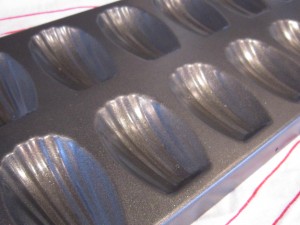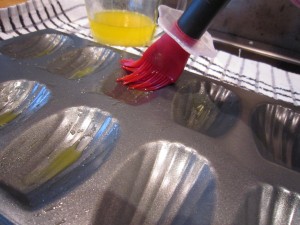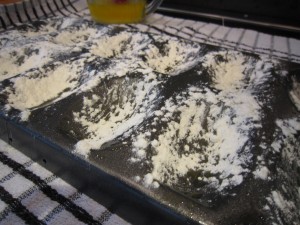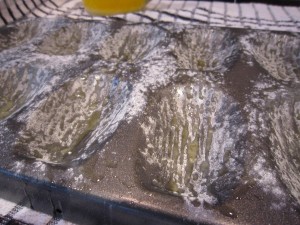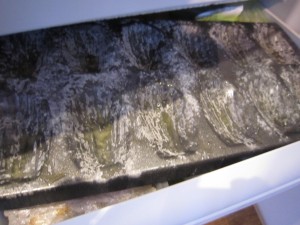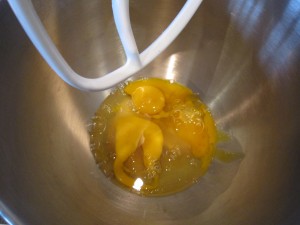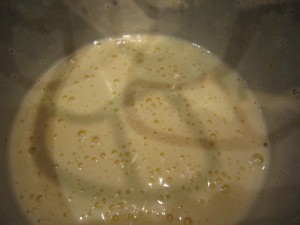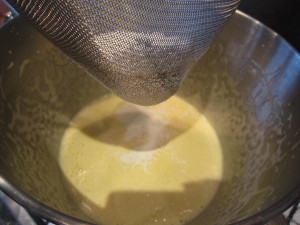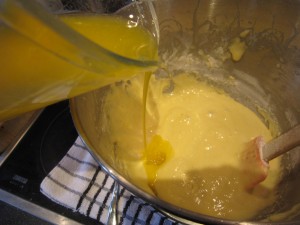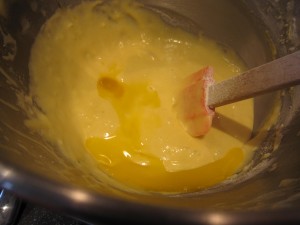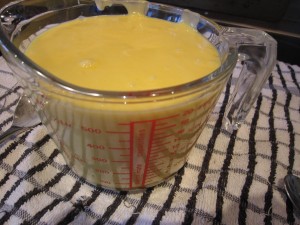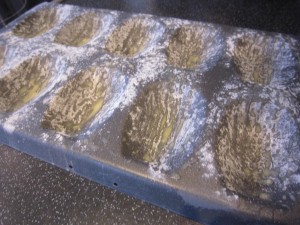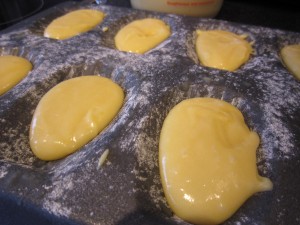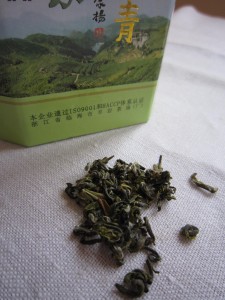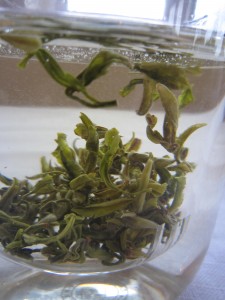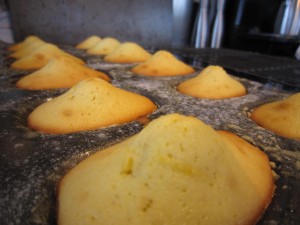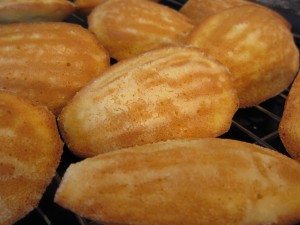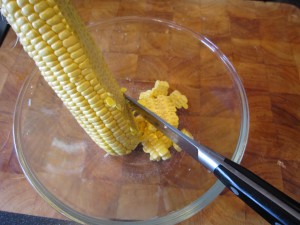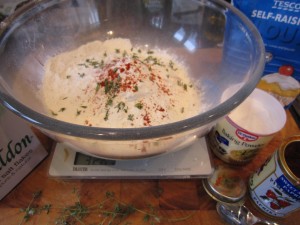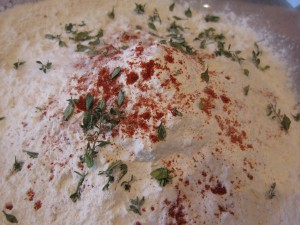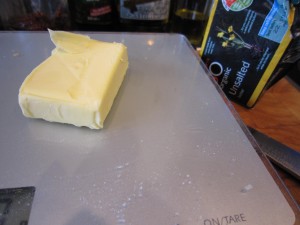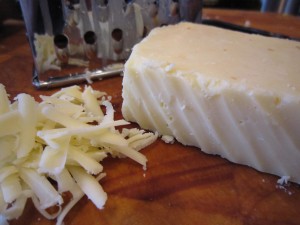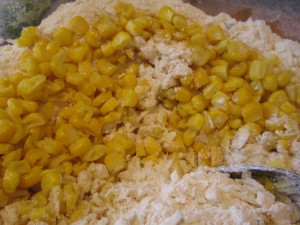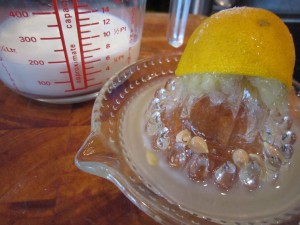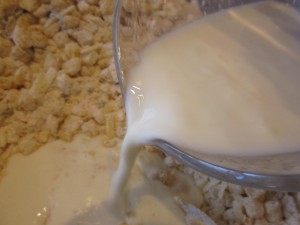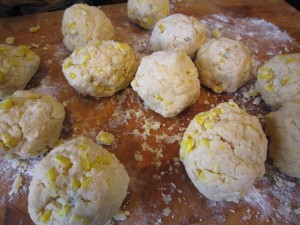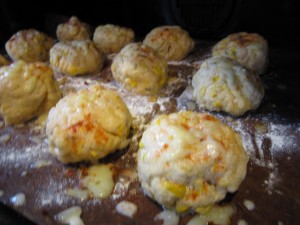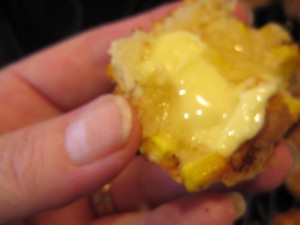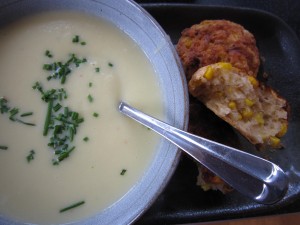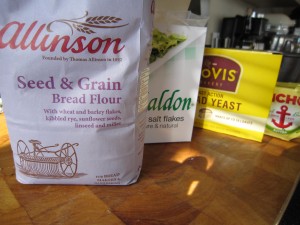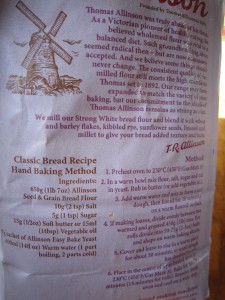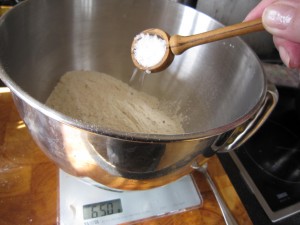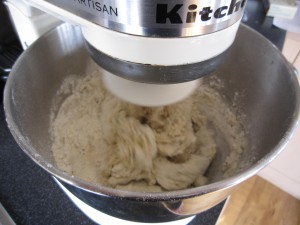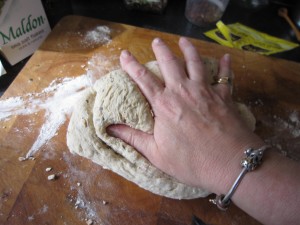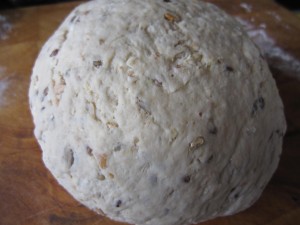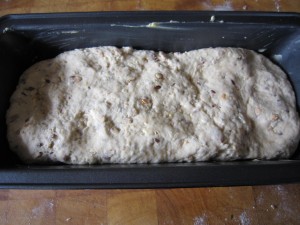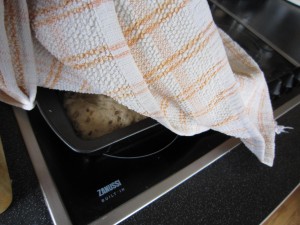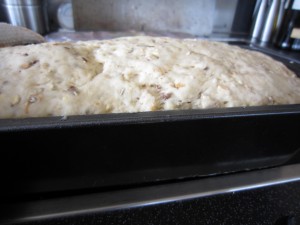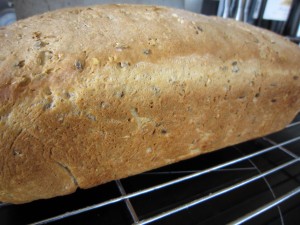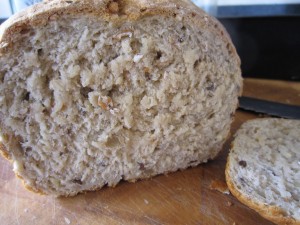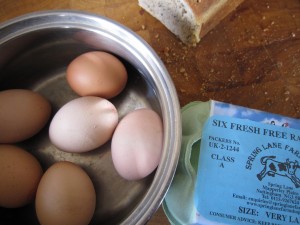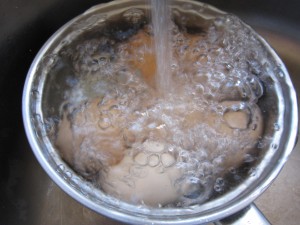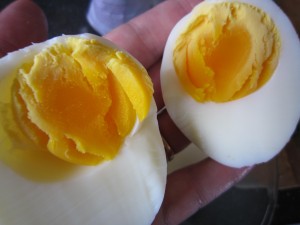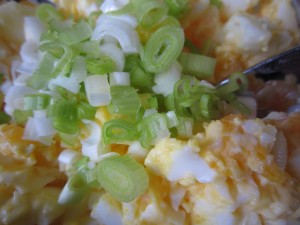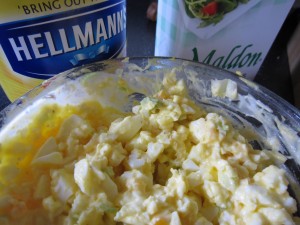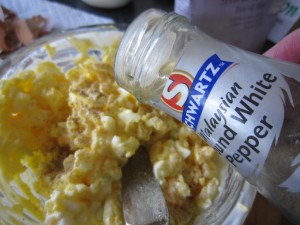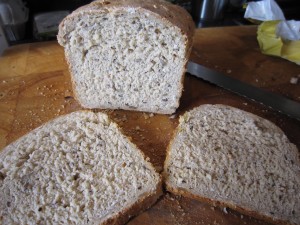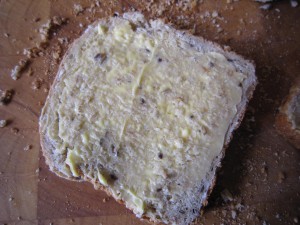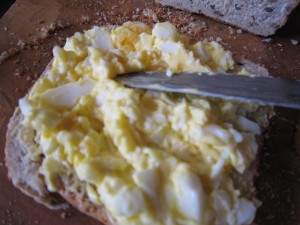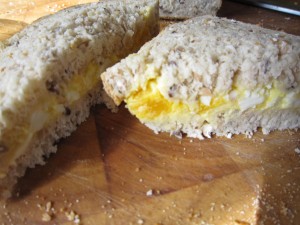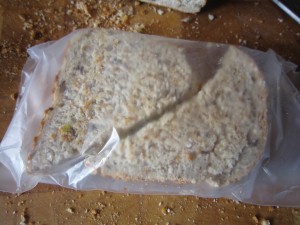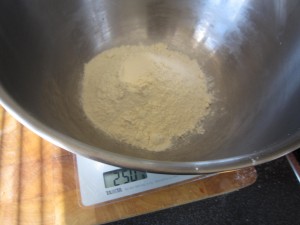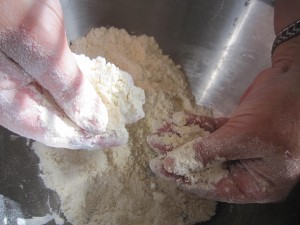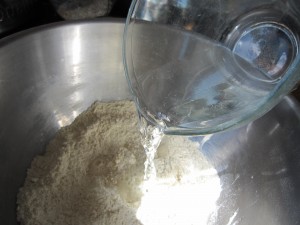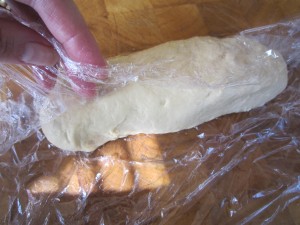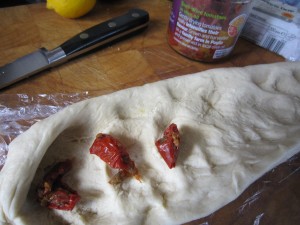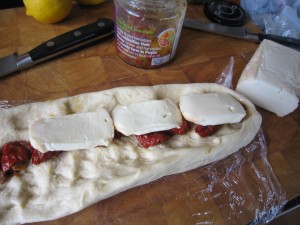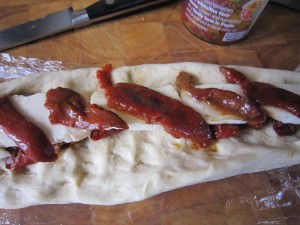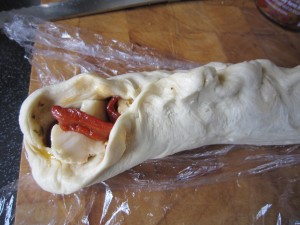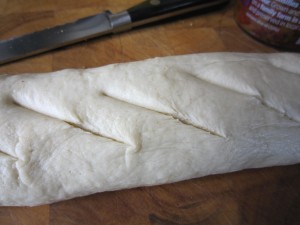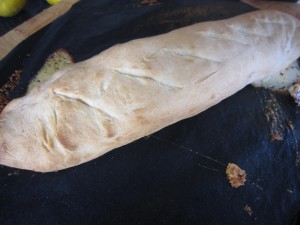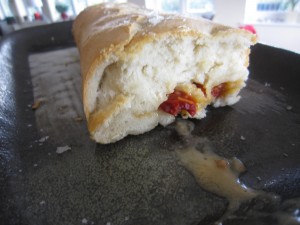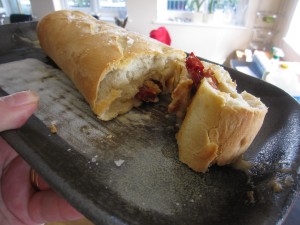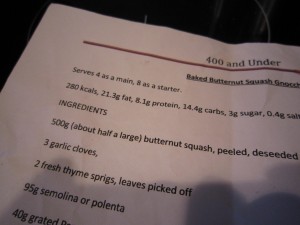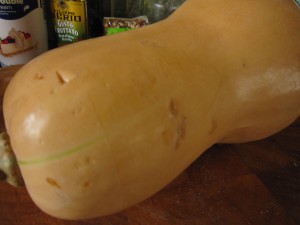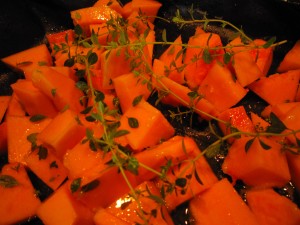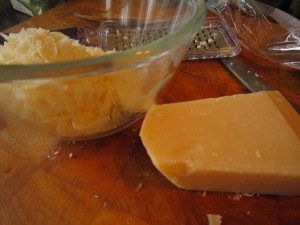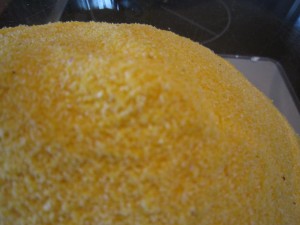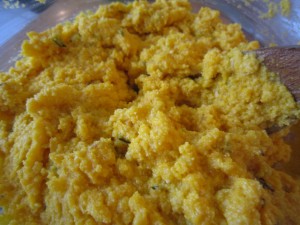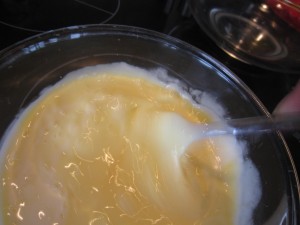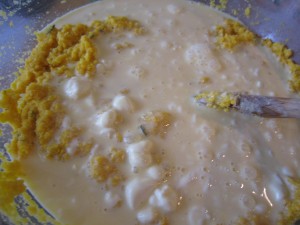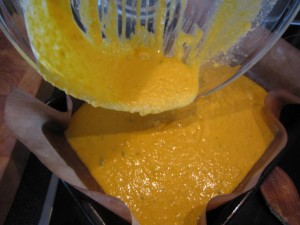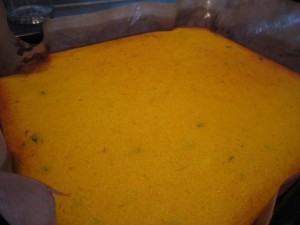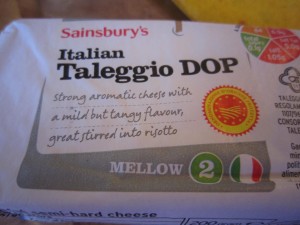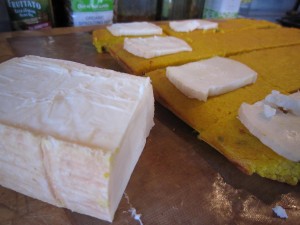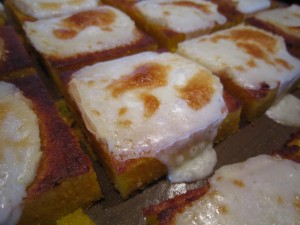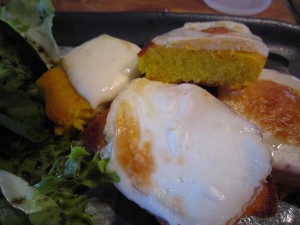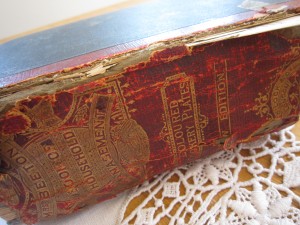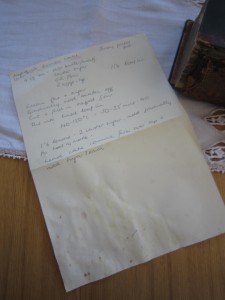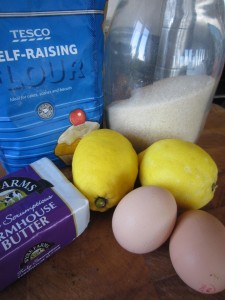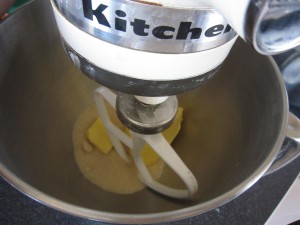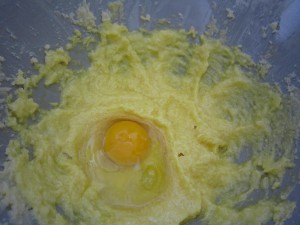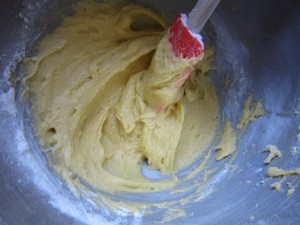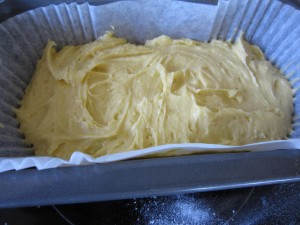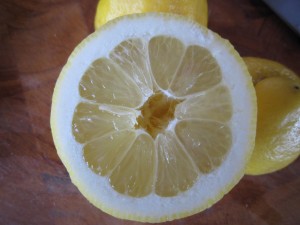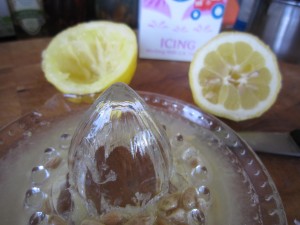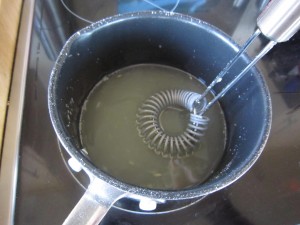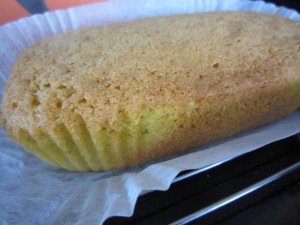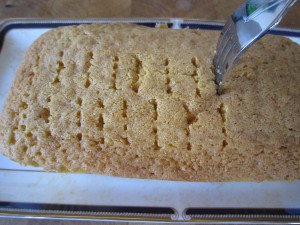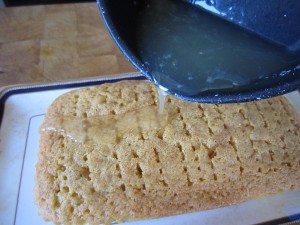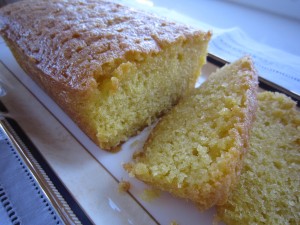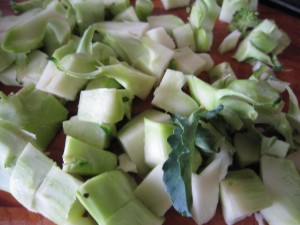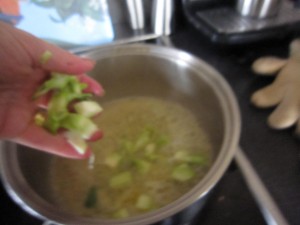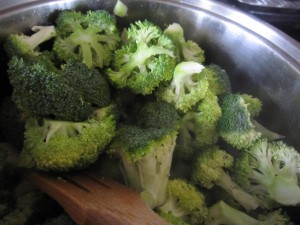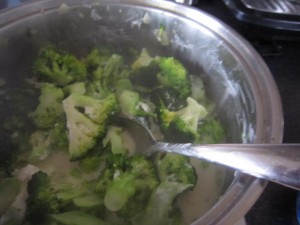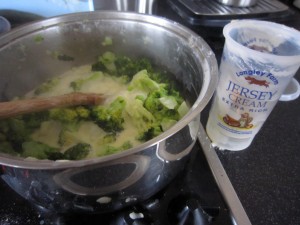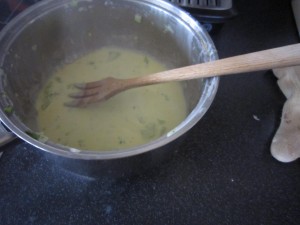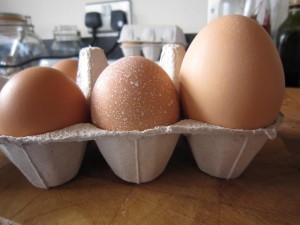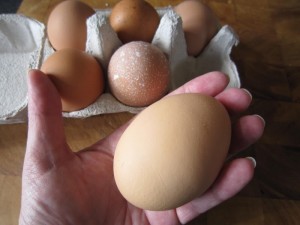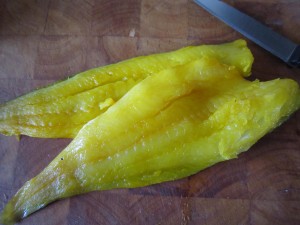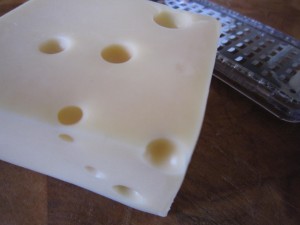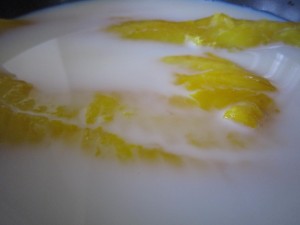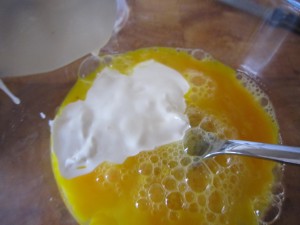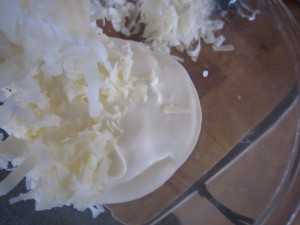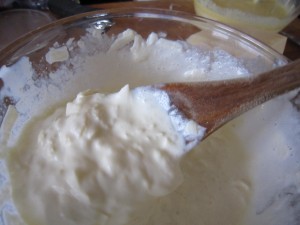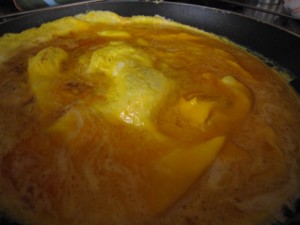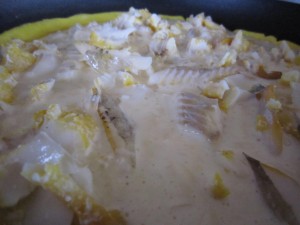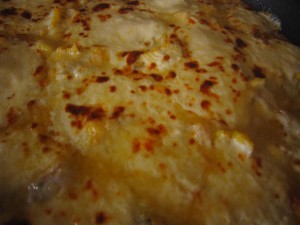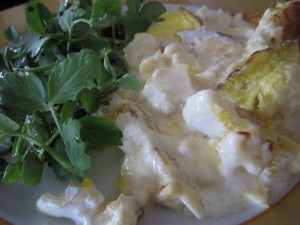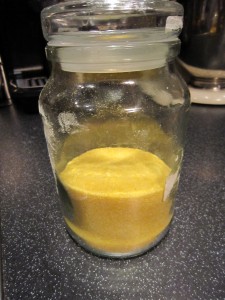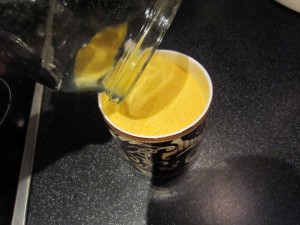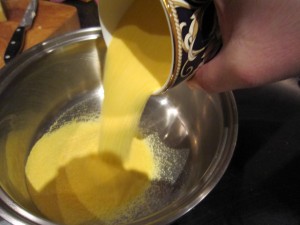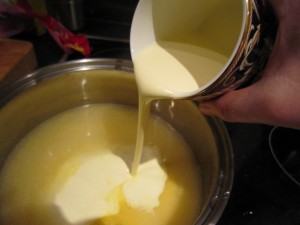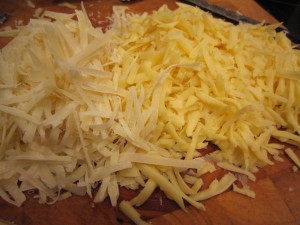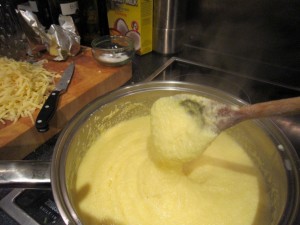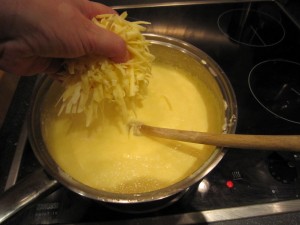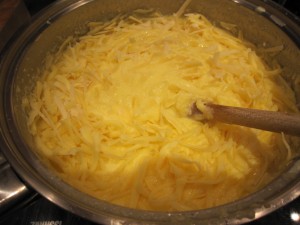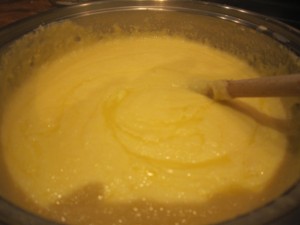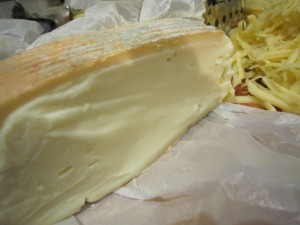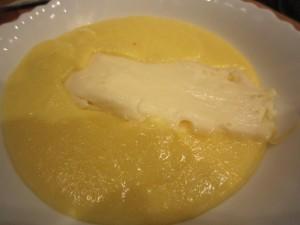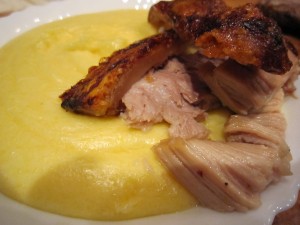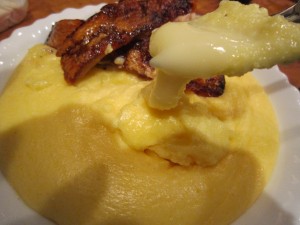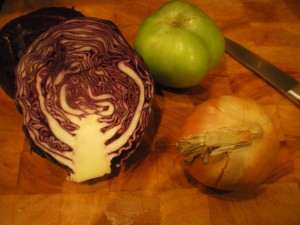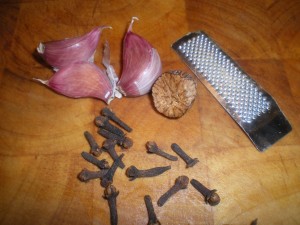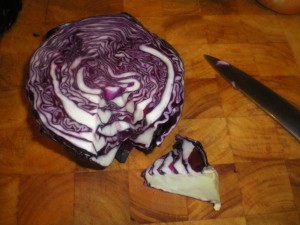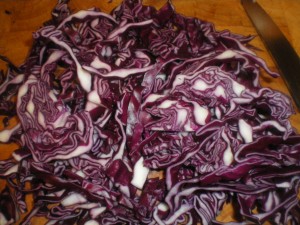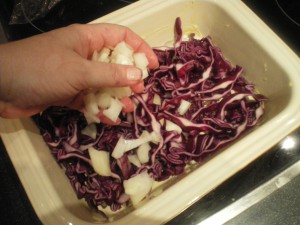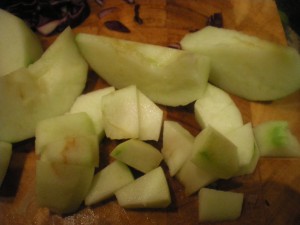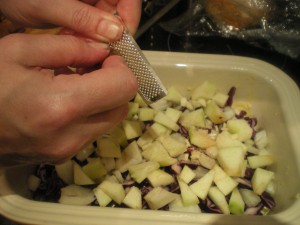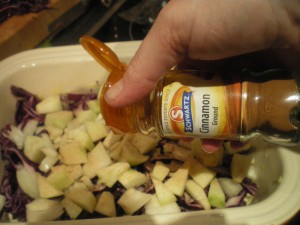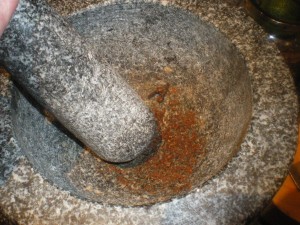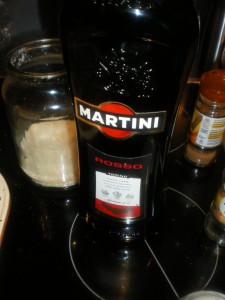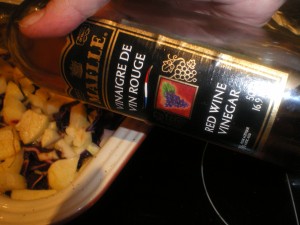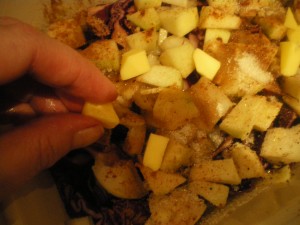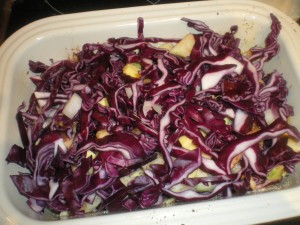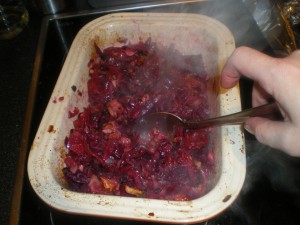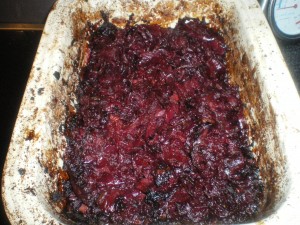One year ago today I started this blog. I can’t believe how many things I have cooked since then. One good thing about writing about what I cook is that I have been forced to cook new things. I know how easy it is to rely on the same old favourites all the time. I have been inspired by reading all the blogs my new friends have written or have pointed me to. I have made things I had just previously read about and discovered that things are never as tricky as they might seem. All it ever takes is a bit of time to read things through so you understand the process and love and determination in your heart. My main inspiration is the Bear – I just want to make good things for him… and after all, this blog is named after him.
When I look back at all the posts I’m amazed that anyone read them or that they continue to read them.
I had to celebrate a full year of blogging and all the friends I have made because of it. I’d love to be able to celebrate with you all here.. maybe laughing and talking about the past year over cups of tea and cakes….
And that made me think of Marcel Proust. And madeleines. Proust talks of eating a madeleine with a cup of tea and being transported back to earlier times….
“She sent out for one of those short, plump little cakes called petites madeleines, which look as though they had been moulded in the fluted scallop of a pilgrim’s shell. And soon, mechanically, weary after a dull day with the prospect of a depressing morrow, I raised to my lips a spoonful of the tea in which I had soaked a morsel of the cake. No sooner had the warm liquid, and the crumbs with it, touched my palate than a shudder ran through my whole body, and I stopped, intent upon the extraordinary changes that were taking place…at once the vicissitudes of life had become indifferent to me, its disasters innocuous, its brevity illusory…”
- — Remembrance of Things Past, Volume 1: Swann’s Way.
What better cakes to bake for a wet Sunday afternoon when I want to look back on the last year?
The rain was lashing against the windows and all over Britain people were staring at the dismal weather and deciding to stay inside. We were going to do the same but I was going to make tea time special to celebrate this special day.
To make madeleines you need a madeleine tin. These have a wonderful scalloped base that are essential for the perfect madeleine. You won’t regret buying one (if you need any encouragement, that is) If you are looking at kinds to buy, avoid the silicone ones – the metal heats better and is much easier to handle than a wobbly, rubbery tray.
You also need good instructions and the best I have found (after intensive searches) is from David Leibovitz on “Living the sweet life in Paris”
First of all melt, then let cool, 120g unsalted butter.
You will use most of it in the cake batter but just lightly brush the madeleine tins with a quick wipe of melted butter.
Sprinkle the buttered tins with flour
Then upend the tin over the sink and shake off the excess.
Put the tin in the freezer to chill down properly.
In the bowl of a mixer, put a pinch of salt, 130g of golden granulated sugar and three large eggs (that have been allowed to come to room temperature)
Whisk them together for five minutes until the mix becomes pale and thickens slightly.
Weigh out 175g of fine plain flour – I always use ’00’ (it’s available in most supermarkets now, in the baking aisle) and add 1 level teaspoon of baking powder. The baking powder makes them rise well, giving the traditional (and desired) “humpy” effect on the back of the finished madeleines.
Sieve the flour mix into the egg and sugar bow and fold it in carefully.
Zest a lemon and add it to the melted butter. Remember to scrub the lemon if it is a waxed one.
Once the flour is in, add a little of the melted butter and fold it in gently.
Gradually, add it all slowly and carefully. Don’t overwork it because all that will do is toughen the gluten. Just fold it in as lightly and smoothly as possible.
Pour your beautifully smooth and silky batter into a jug and put it in the fridge for at least an hour. You can make the madeleine batter up to 12 hours ahead, if that will suit you? What a great thing that would be if you had people coming round!
When you are ready, heat the the oven to 220 degrees C/425 degrees F
Get your beautifully frozen tin from the freezer
… and spoon in a dollop of the madeleine mix
The madeleines will only take between 8 or 9 minutes, so while they are baking, make some tea.
We love beautifully fragrant green tea and I think the pure, delicate taste would be perfect with the light, sweet cakes.
As the tea infuses the leaves unfurl.
At the same time, the madeleines are ready.
Beautifully humped and golden.
They are tipped out onto a wire rack to cool slightly. The underside has the gorgeous scalloped markings of the perfect madeleine.
Golden, sweet, warm cakes. Light and delicious.
We ate them with our steaming cups of tea as we looked back over the past year. We used the random post picker button on the main website page (which you can also get to by clicking on the Bear in the top corner) and read about meals and treats and smiled as we did so.
The weather may have been awful but the madeleines were fabulous.
Happy Anniversary to the blog!

